how to create step by step the creation of handmade tanned leather handbags.
Latest posts
-
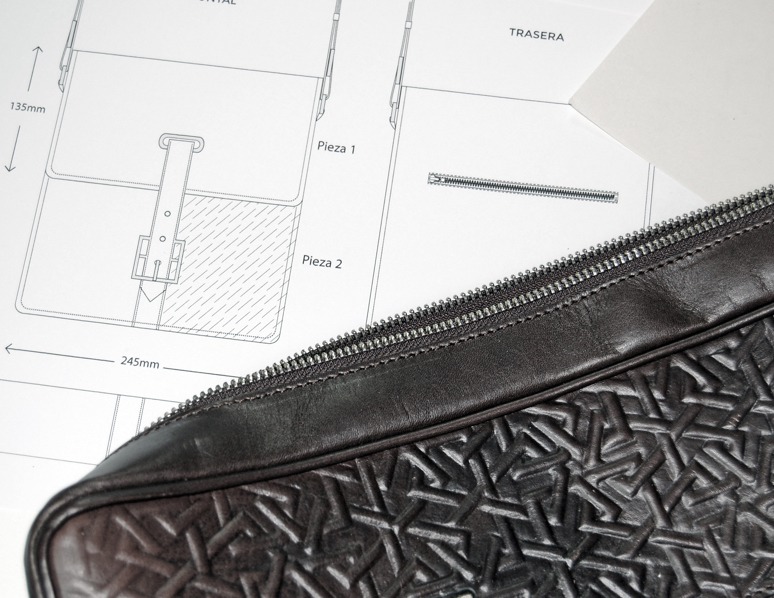 How to make a handmade leather bag step by step?Read more
How to make a handmade leather bag step by step?Read more -
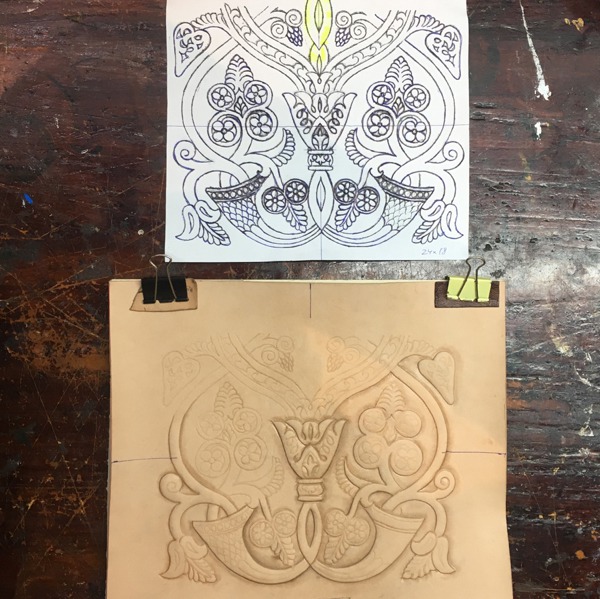 Types of leather What kind of leather do we use for each product?2020-09-11Read more
Types of leather What kind of leather do we use for each product?2020-09-11Read moreAre you interested in the types of leather we use to make our product? Visit our blog and read about the creation of...
-
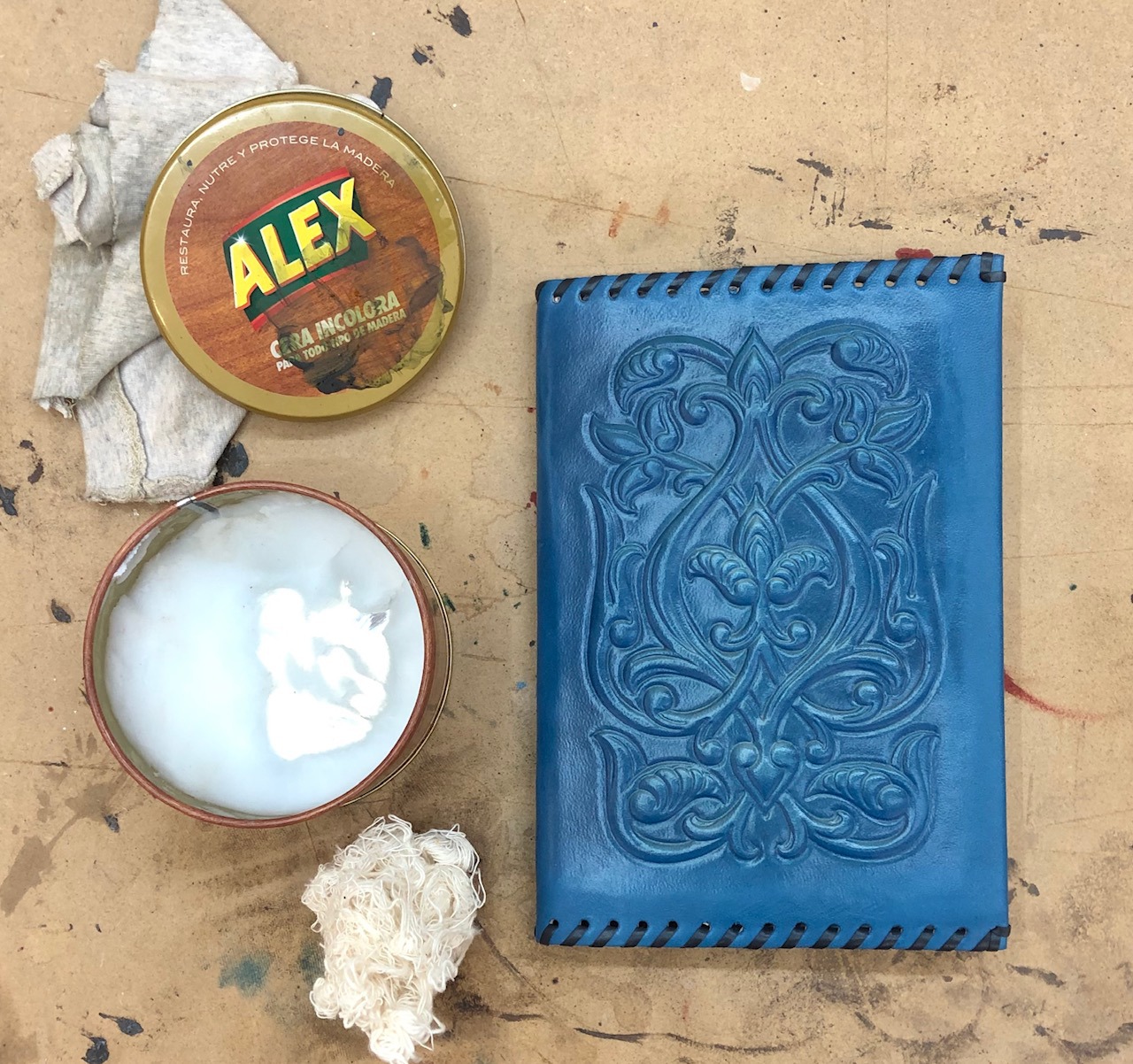 Tips to care for your leather products2020-08-14Read more
Tips to care for your leather products2020-08-14Read moreThe leather or tanned leather is a natural and organic material with excellent attributes of resistance and...
-
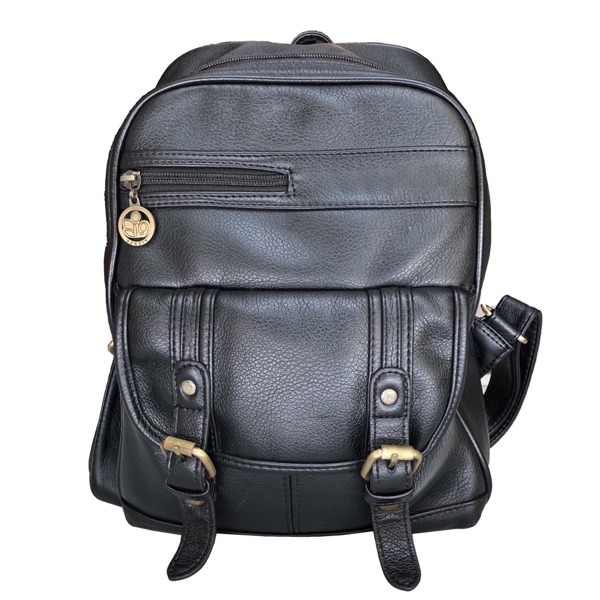 5 Steps to identify Synthetic Leather2020-08-07Read more
5 Steps to identify Synthetic Leather2020-08-07Read moreCommercially speaking, leatherwork has been divided in two different groups: natural leather and synthetic leather or...
-
 Vegetable Leather Dyeing2020-07-16Read more
Vegetable Leather Dyeing2020-07-16Read moreIn this article, we want to show how to dye leather by hand, and the types of dyes we use to color leather and obtain...
-
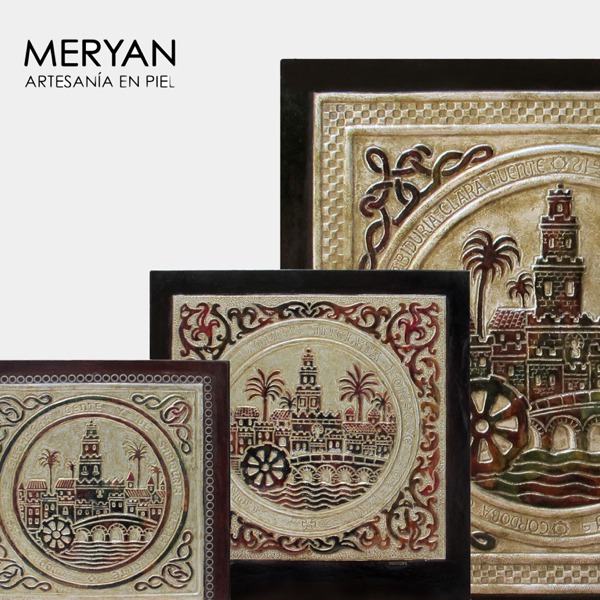 A little Story of the Seal of Cordova2020-06-23Read more
A little Story of the Seal of Cordova2020-06-23Read moreHistory of the official Seal and Coat of arms of Cordova since 13th century trough Meryan leather workshop
-
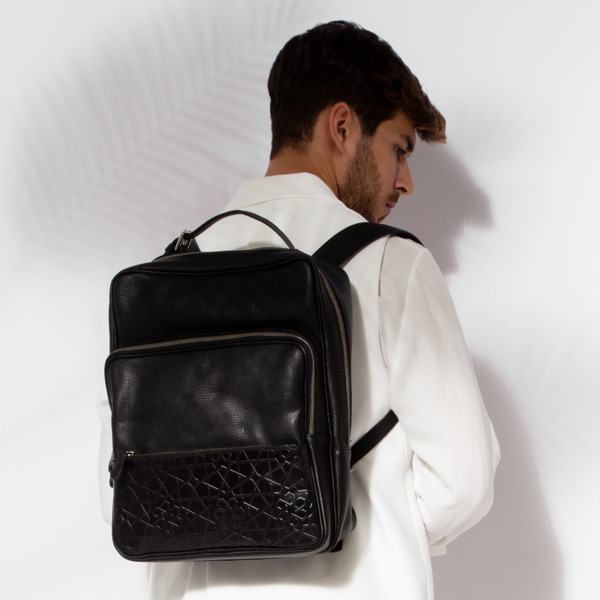 Discover Najima backpack, the leather laptop backpack from Laceria Collection.2020-04-19Read more
Discover Najima backpack, the leather laptop backpack from Laceria Collection.2020-04-19Read moreNew embossed leather laptop bakpack for men. It is an unique and exclusive item made by cordovan style.
-
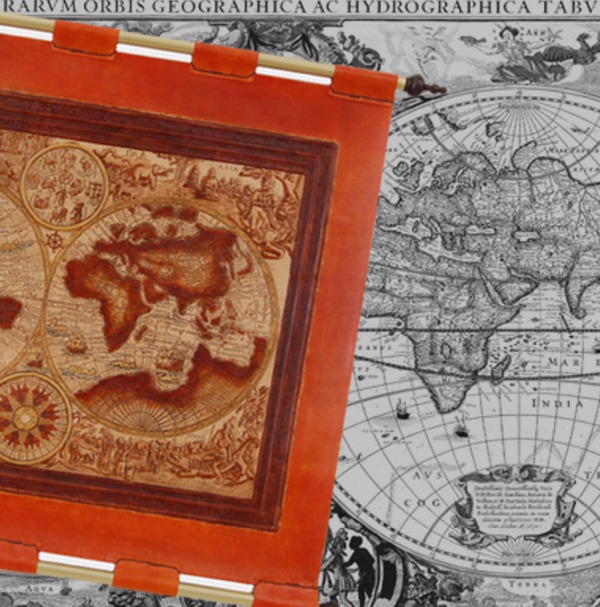 World Maps: a window to our history engraved in leather2020-02-17Read more
World Maps: a window to our history engraved in leather2020-02-17Read moreThe relevant history of maps and how they change our view of the world. Their influence in our leather handbags...
-
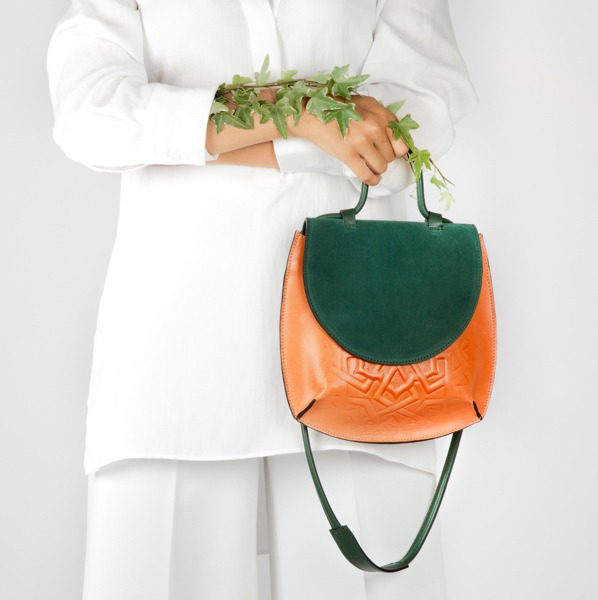 The Mezquita Bag Collection by cordovan style.2019-11-03Read more
The Mezquita Bag Collection by cordovan style.2019-11-03Read moreThe bag collection has an out-of-time where you can behold the excellent quality of Meryan´s leatherwork.
-
 Meryan and Promi Foundation2019-01-30Read more
Meryan and Promi Foundation2019-01-30Read moreMeryan cooperates since last year with Promi Foundation, working with people with special needs.
Blog categories
Search in blog

A little Story of the Seal of Cordova
The story we tell you today is how the ancient city of Cordova is looking for a social and political agreement about its own public image for more than 700 years.
A story eventually concluded mostly from the events and changing regional and local laws at the dawn of 21st century.
The story begun in 1241, five years after King Ferdinand III conquered the city to the Muslims. Then the King, nicknamed as “The Saint”, gave to Cordova City Council, the use of its own Seal to identify and guarantee communications and administrative issues.
However, the King didn’t give to Cordova its own coat of arms to be officially represented, so then, for several centuries was frequent the use of the County Seal that, in honour of the King of León and Castilla, displayed a rampant lion surrounded by castles and lions.
For more than eight centuries, the famous sightseeing of the City, that Meryan so many times depicted in leather, was actually a Seal and it was used alternatively as “coat of arms” with the Rampant Lion. That landscape displays the Guadalquivir River (Great River) in the foreground, a five arches bridge, the Albolafia waterwheel and right behind the embattled walls, the Bridge’s Gate quite muslim shape, the minaret of the Great Mosque and palm trees. A beautiful landscape and detailed perspective.
Both images, the rampant lion and the landscape, were used in double side seal from the XIV century on. But the rampant lion gradually established as seal and coat of arms from the XIX century though slight modifications. The more significant one was the crown depicted, that changed from a Royal Crown to Mural Crown during the times of Monarchy, Republic and Dictatorship.
But the confusion continued and Cordova hadn’t got its own coat of arms until the very beginning of the 80’s when the city got back to the pursuit of its image. It was between 1984 and 1989 when finally was an official deliberation to find a social, political, historical and artistic agreement .
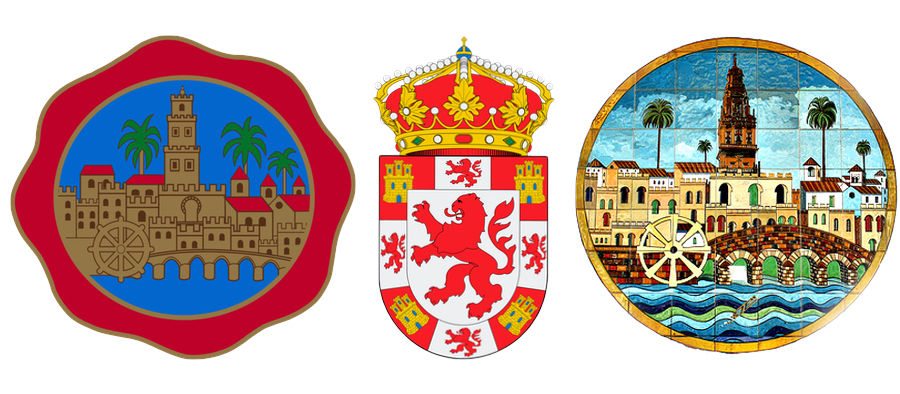
Cordova decided to use as final coat of arms that XIII century landscape of the city, because it was a truly, clear and ancient image which represented its rich past. Furthermore, it was a precise and archaeological “portrait” that depicted some lost elements as there were the walls, the minaret (today the Cathedral Tower) and the ancient gate (modified during the XVI century).
The beauty of this landscape captivates us. We are proud of depict this seal in both Cordobán and Guadamecil techniques in a variety formats and shapes. These pieces are committed as gifts, institutional awards or souvenirs. But overall all this pieces are a beautiful window between the past, the present and the future of our city.
Related posts
-
 Tips to care for your leather products
Posted in: History workshop2020-08-14The leather or tanned leather is a natural and organic material with excellent attributes of resistance and...Read more
Tips to care for your leather products
Posted in: History workshop2020-08-14The leather or tanned leather is a natural and organic material with excellent attributes of resistance and...Read more -
 5 Steps to identify Synthetic Leather
Posted in: History workshop2020-08-07Commercially speaking, leatherwork has been divided in two different groups: natural leather and synthetic leather or...Read more
5 Steps to identify Synthetic Leather
Posted in: History workshop2020-08-07Commercially speaking, leatherwork has been divided in two different groups: natural leather and synthetic leather or...Read more -
 Vegetable Leather Dyeing
Posted in: History workshop2020-07-16In this article, we want to show how to dye leather by hand, and the types of dyes we use to color leather and obtain...Read more
Vegetable Leather Dyeing
Posted in: History workshop2020-07-16In this article, we want to show how to dye leather by hand, and the types of dyes we use to color leather and obtain...Read more -
 Meryan and Promi Foundation
Posted in: History workshop2019-01-30Meryan cooperates since last year with Promi Foundation, working with people with special needs.Read more
Meryan and Promi Foundation
Posted in: History workshop2019-01-30Meryan cooperates since last year with Promi Foundation, working with people with special needs.Read more -
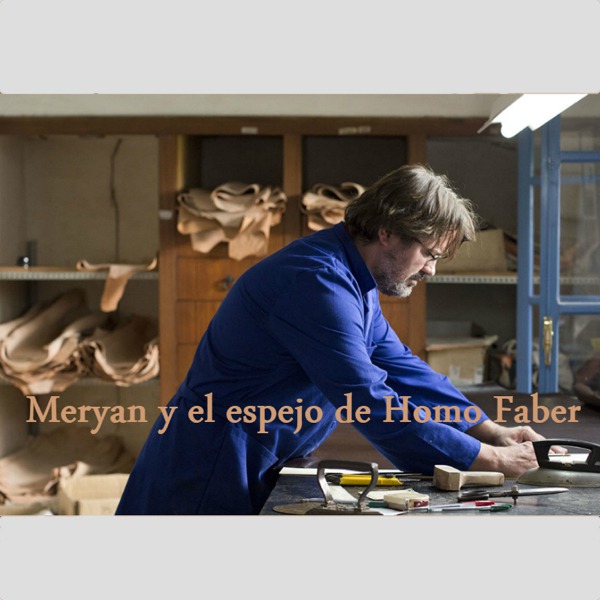 Meryan and Homo Faber's mirror
Posted in: History workshop2018-07-31Emotional story by the award to participate in the event Homo Faber in September 2018, Venice. Recognition by...Read more
Meryan and Homo Faber's mirror
Posted in: History workshop2018-07-31Emotional story by the award to participate in the event Homo Faber in September 2018, Venice. Recognition by...Read more
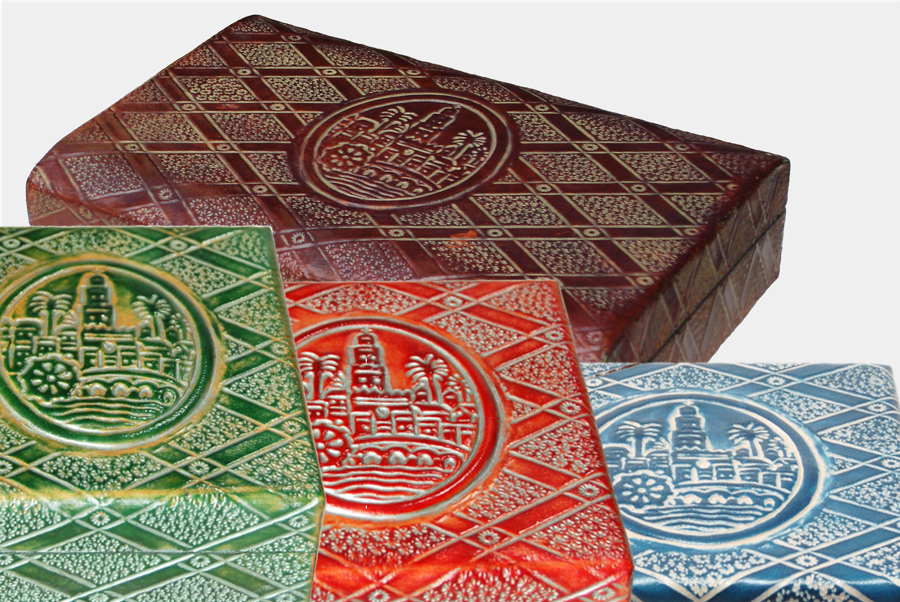
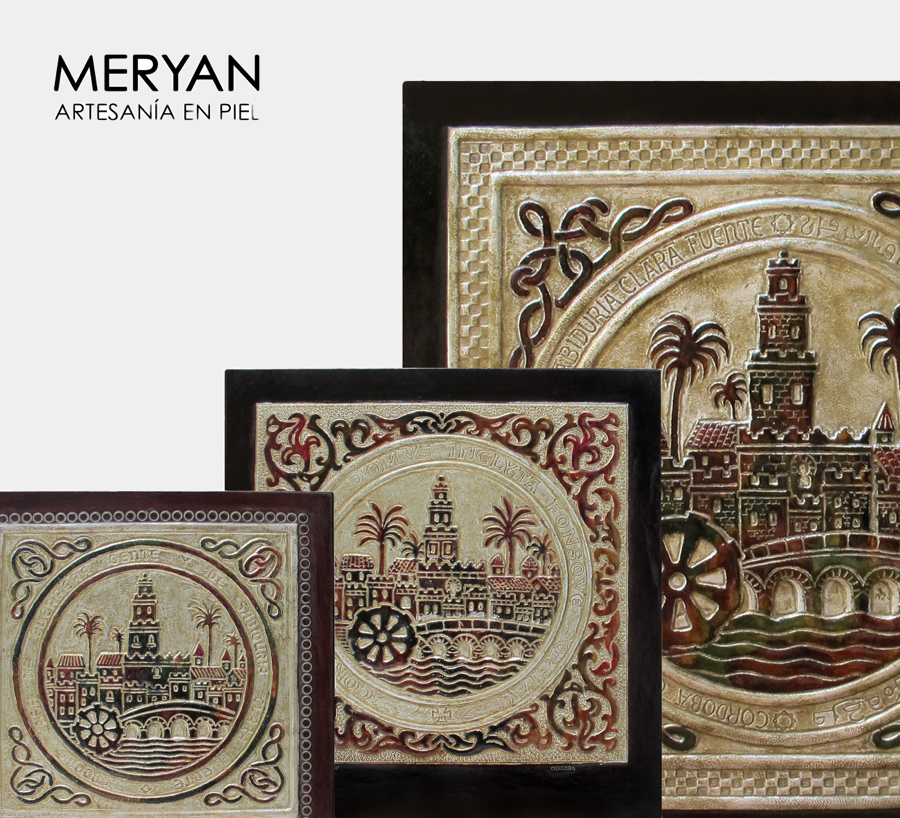
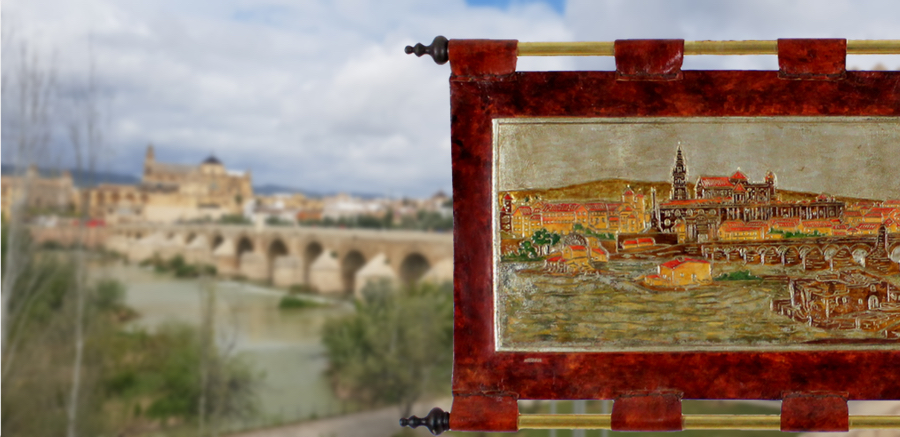
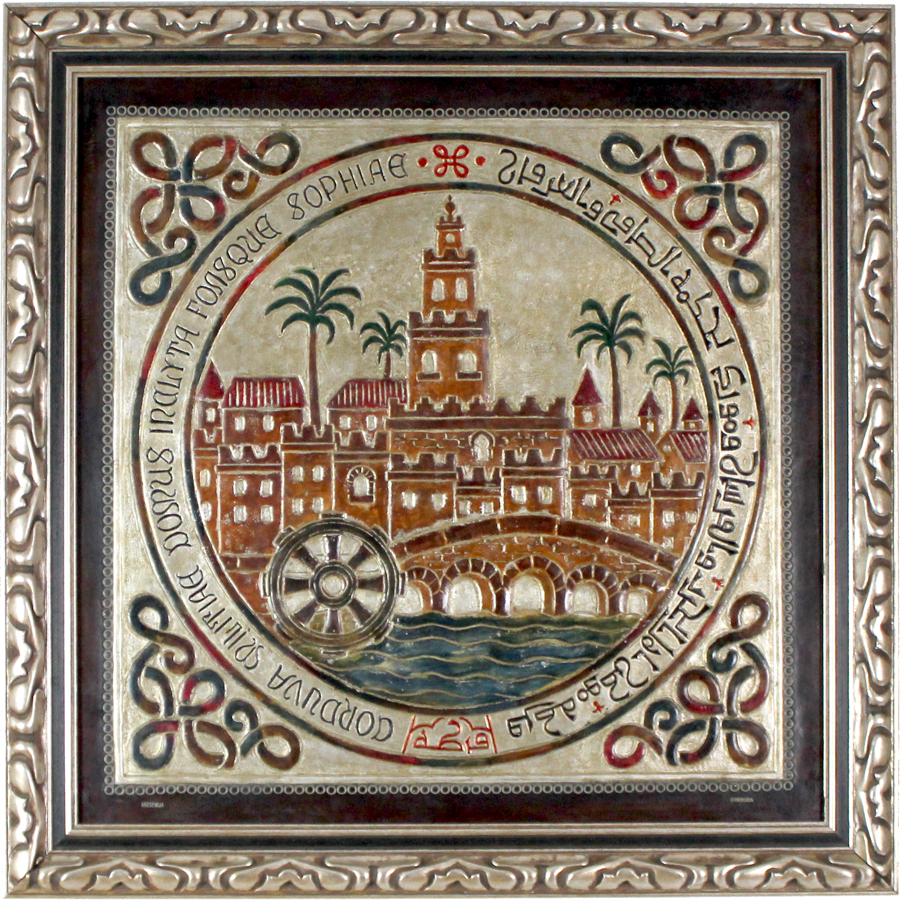
Leave a comment